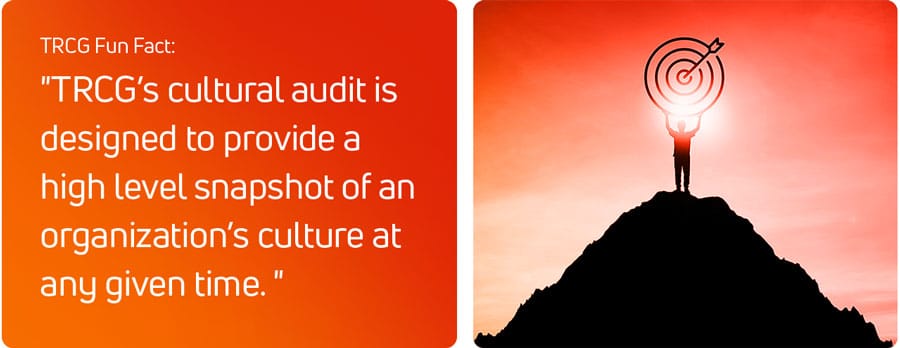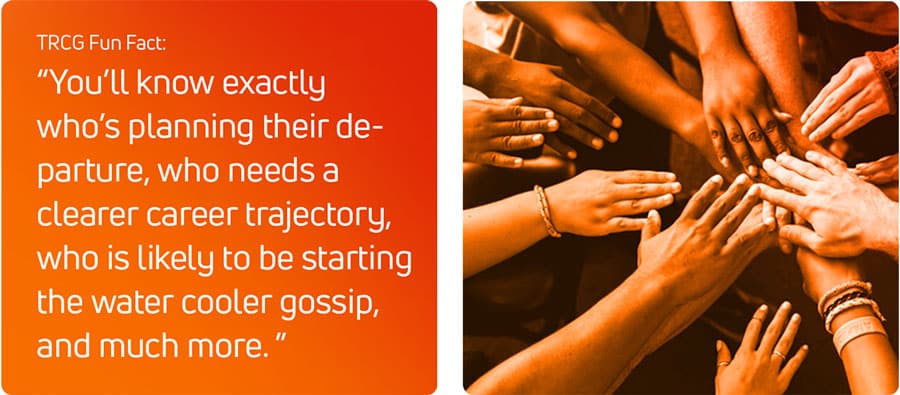Surveys & Assessments
Learn more about each of our core service offerings:
It’s our differences that make us powerful.
The Birkman Method™ isn’t just another tool designed to affirm your leadership style. It’s a tool that uncovers something much more important; your innate needs. Reaching peak performance when a leader is unconscious of these needs is like trying to lead with both hands tied behind their back. Core needs are not something you attempt to change in order to fit into an outdated mold of what leadership looks like. Core needs are a blueprint you follow to access your leadership superpowers.
This non-judgmental and empowering tool – designed by Dr. Roger Birkman (deceased) – is a treasure trove of insight. It was created to give leaders an awareness of the needs they must honor if they wish to thrive. When these needs are unknown (suppressed, ignored, or bypassed) it can negatively impact the quality of communications and relationships, as well as, become a significant source of stress. Ultimately, and more importantly, the ignorance of these needs will become the kryptonite to the potency of a leaders ability to lead.
Let this transformational and comprehensive guide support you in creating dynamic relationships, avoid stress, increase productivity, and reduce employee turnover.
The Russell Consulting Group’s cultural audit is designed to provide a high-level snapshot of an organization’s culture at any given time. It is an executive report card that reveals how effective or not, the initiatives implemented to transform the culture into a great place to work and produce results, have been to date. When a diversity, equity, and inclusion mindset is already embedded into an organization, as with The Russell Method’s Culture Transformation Program, this tool is administered when there is external pressure or if executives review their HR metrics requiring them to make mid-course corrections.
For example: If upon review, the overall retention rate of the organization begins to trend beyond its benchmark, this tool is used to further analyze by demographic which diverse groups are impacted. Then corrections are made. The same method is used with pay equity. Every two years when equity reviews are conducted, the demographics of the organization are also considered.
This tool measures three long-term organizational objectives:
Culture Diversity
Employees’ perceptions and experiences of whether equity of opportunity in terms of practices, policies, and procedures exist in the culture.
Diversity-Thinking
The unconscious biases’ or narratives that exist in a culture which disadvantages the minority and majority groups.
Empowerment
An organization’s or employees’ internally derived capacity to perform.

Contrary to popular belief, high employee engagement numbers do not translate into satisfied employees. Why? Because all too often individuals who aren’t happy at work, are conditioned to wait for someone else to do something about it. The employee satisfaction survey reveals information that allows each individual contributor to discover the impact they are personally having on the culture and how they can be accountable to creating a more fulfilling one.
The employee satisfaction survey asks the questions most directly associated with satisfaction and gets clear answers. When paired with The Russell Method Accountability Assessment Roadmap, the awareness of the results themselves is enough to prompt radical change within an organization.
Perhaps what you’ll love most about these tools is that the data they provide dissipates the heaviness of creating “good morale.” You’ll know exactly who’s planning their departure, who needs a clearer career trajectory, who is likely to be starting the water cooler gossip, and much more. Most importantly, the results provide peace of mind because you’ll have a clear roadmap to creating a mighty workforce of empowered leaders.

Learn how we measure the key attributes of a culture:
Our surveys and assessments measure five key attributes of a culture;
- Transparency in Communication;
- Talent Utilization;
- Partnerships between Leaders and Employees;
- Individual and Collective Accountability for Results, and
- Mutually Respectful Relationships.
These special tools capture the internal pulse of a workforce, the critical first step to change, and provide a factual picture of what is happening so leaders can address common themes that emerge around these attributes.


